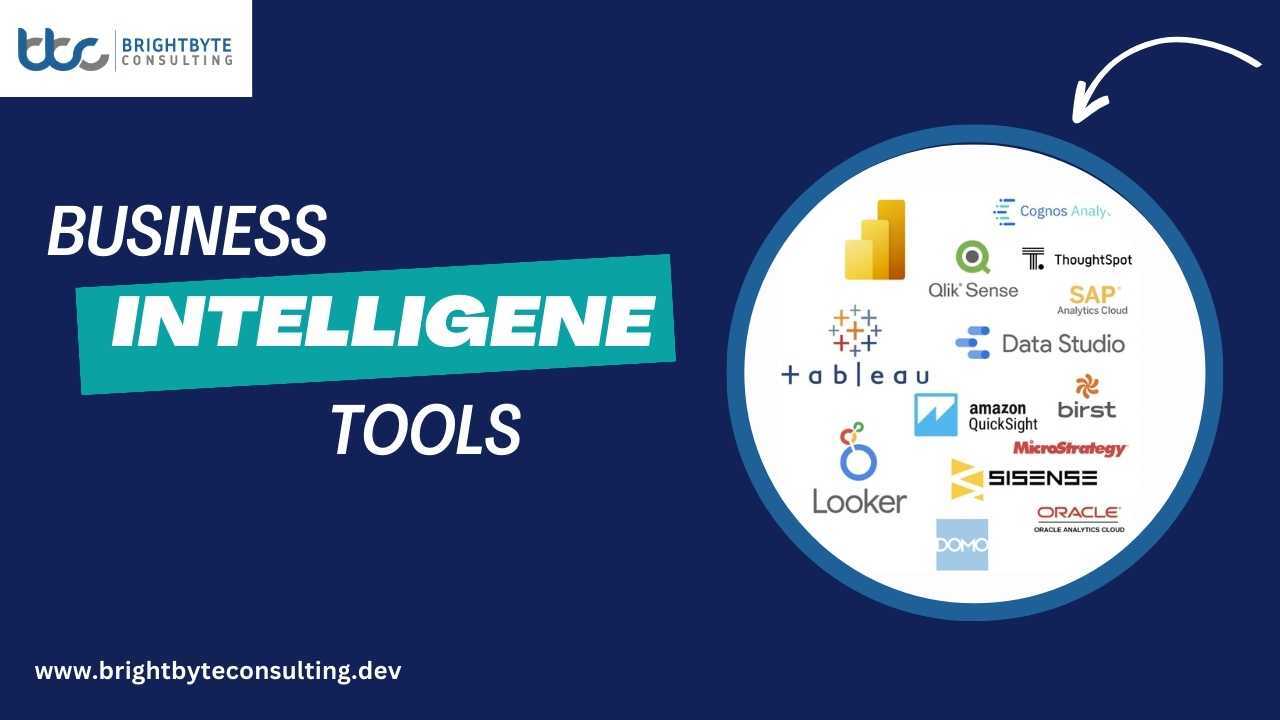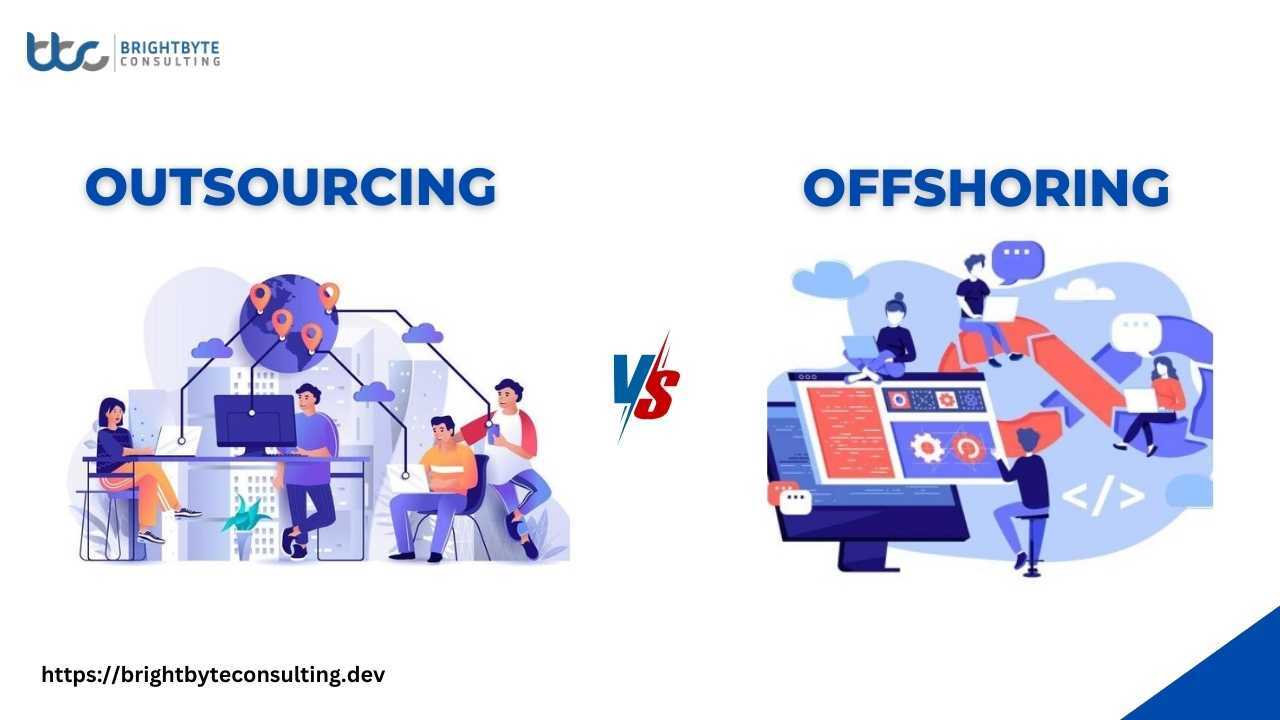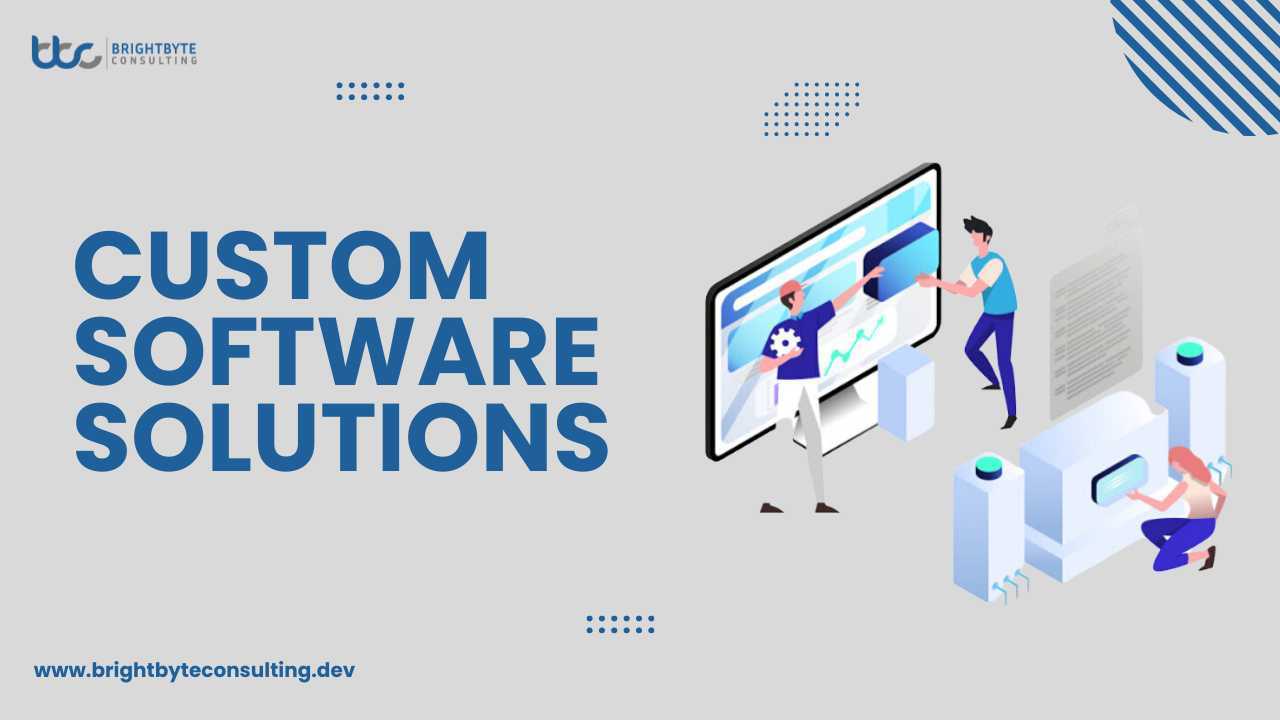In today’s data-driven world, information flows at an unprecedented rate. Every interaction, transaction, and customer touchpoint generates valuable data – but without the right tools, it can feel like you’re drowning in an ocean of numbers. Business Intelligence (BI) tools are your life rafts in this data deluge. These powerful software applications act as searchlights, helping you illuminate patterns, identify trends, and unlock valuable insights from your data.
What are Business Intelligence Tools?
Think of BI tools as comprehensive data management suites. They go beyond simple storage by offering functionalities to:
Collect Data
BI tools can gather data from various sources like CRM systems, sales records, website analytics, and social media platforms.
Organize Data
Raw data is often messy and unstructured. BI tools clean, organize, and categorize data into a format suitable for analysis.
Analyze Data
BI tools employ powerful analytics engines to identify trends, correlations, and patterns within your data.
Visualize Data
Complex data sets can be difficult to interpret. BI tools present data in clear and concise visualizations like charts, graphs, and dashboards.
These functionalities come together to transform raw data into actionable insights that can be leveraged across various business functions:
Marketing: Analyze customer demographics, buying patterns, and campaign effectiveness to personalize marketing strategies and optimize ROI.
Sales: Identify high-potential leads, track sales performance by region or product, and develop targeted sales strategies.
Operations: Monitor key performance indicators (KPIs) to identify bottlenecks and inefficiencies. BI tools can help streamline processes, reduce costs, and optimize resource allocation.
Finance: Gain insights into financial performance, track cash flow, and make data-driven decisions regarding budgeting, investments, and risk management.
Product Development: Analyze customer feedback, identify market trends, and use data to inform product development decisions, ensuring your offerings meet evolving customer needs.
Benefits of Implementing a Business Intelligence Strategy with BI Tools
The advantages of leveraging BI tools extend far beyond simply organizing data. Here are some key benefits:
Data-Driven Decision Making
Move beyond guesswork and intuition. BI tools provide clear, data-backed insights that empower informed decision-making at all levels of your organization.
Enhanced Operational Efficiency
Identify bottlenecks, inefficiencies, and areas for improvement within your operations. BI tools can help you optimize processes, streamline workflows, and improve overall business performance.
Increased Revenue and Profitability
Gain a deeper understanding of your customers, market trends, and competitor activity. BI tools can help you tailor marketing campaigns, develop targeted offerings, maximize sales opportunities, and identify new revenue streams.
Improved Risk Management
Proactively identify and mitigate potential risks by analyzing historical data and industry trends. BI tools can help you develop proactive strategies to minimize risk and ensure business continuity.
Competitive Advantage
In today’s data-driven business landscape, actionable insights are a powerful tool. BI tools can empower you to make smarter decisions faster, giving you a significant competitive edge.
Choosing the Right BI Tool for Your Business
The vast array of BI tools available in the market can be overwhelming. Don’t get caught in a sea of options! Here are some key factors to consider when making your choice:
Identify Your Business Needs
The first step is to understand your specific data analytics goals. What types of data do you need to analyze? What insights are you hoping to gain?
Consider Your Budget
BI tools range from cost-effective options suitable for small businesses to enterprise-level solutions with advanced features. Choose a tool that aligns with your budget and your data volume.
Ease of Use
Consider the technical expertise of your team. User-friendly interfaces and intuitive functionalities are crucial for widespread adoption and maximizing the return on your BI investment.
Scalability
Your business needs will evolve. Choose a tool that can scale with your growing data volumes and future analytics requirements.
Security
Data security is paramount. Ensure the BI tool offers robust security features to protect your sensitive business information.
Popular Business Intelligence Tools
With a plethora of BI tools available, here’s a glimpse into some of the most popular options, each with its strengths and ideal use cases:
Microsoft Power BI
A cloud-based platform with a user-friendly interface and strong integration with other Microsoft products, making it a popular choice for businesses already invested in the Microsoft ecosystem. Power BI offers robust data visualization capabilities and caters well to businesses of all sizes.
Tableau
Renowned for its best-in-class data visualization functionalities and interactive dashboards. Tableau empowers users to explore data intuitively, uncovering hidden patterns and trends. While it boasts a user-friendly interface, Tableau requires a steeper learning curve for advanced analytics.
Looker
A cloud-based platform known for its advanced analytics features and a focus on business user adoption. Looker offers strong security protocols and governance functionalities, making it a secure option for enterprises dealing with sensitive data.
Zoho Analytics
A cost-effective option with a wide range of features and easy integration with Zoho’s suite of business applications, making it ideal for businesses already using the Zoho ecosystem. Zoho Analytics offers pre-built dashboards and reports for various business functions, allowing for quick implementation and insights generation.
Qlik Sense
A self-service BI tool praised for its intuitive drag-and-drop interface and data exploration capabilities. Qlik Sense empowers users to explore data independently, fostering a data-driven culture within organizations. However, it may lack the advanced analytics features required for complex data manipulation.
Getting Started with Business Intelligence Tools
Implementing a BI strategy and choosing the right tools are crucial first steps. Here are some additional considerations to ensure a smooth transition:
Data Integration
Ensure seamless data flow from various sources into your chosen BI tool. This might involve data cleansing and establishing data governance processes.
User Training
Investing in user training is crucial for successful BI adoption. Train your team on how to use the BI tool effectively to access and analyze data, generate reports, and create dashboards.
Data Governance
Establish clear guidelines for data ownership, access control, and data quality standards. Data governance ensures the accuracy and integrity of your data, leading to more reliable insights.
Building a Data-Driven Culture
Encourage a company-wide shift towards data-driven decision making. Foster a culture where data is valued and readily used to inform business strategies at all levels.
Conclusion
In today’s data-rich world, businesses that leverage the power of Business Intelligence tools unlock a significant competitive advantage. BI tools empower you to transform raw data into actionable insights, driving informed decisions, optimizing operations, and achieving sustainable growth. By carefully considering your business needs, choosing the right tools, and fostering a data-driven culture, you can set your organization on the path to data-driven success.
FAQs
What are BI tools and what do they do?
BI tools are software applications that collect, organize, analyze, and visualize data. They help you understand trends, identify patterns, and gain valuable insights from your business information.
How can BI tools benefit my business?
BI tools empower data-driven decision making, improve operational efficiency, increase revenue and profitability, and enhance risk management.
There are so many BI tools! How do I choose the right one?
Consider your business needs, budget, team’s technical expertise, scalability requirements, and data security needs when selecting a BI tool.
What are some popular BI tools on the market?
Popular options include Microsoft Power BI, Tableau, Looker, Zoho Analytics, and Qlik Sense. Each offers unique strengths and caters to different needs.
I’m ready to get started with BI tools. What are the next steps?
Focus on data integration, user training, data governance, and building a data-driven culture within your organization to ensure successful BI implementation.











